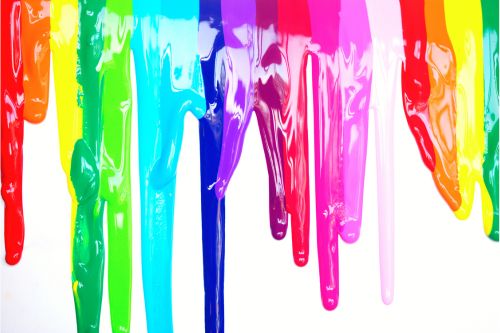With the arrival of 2024, new colour trends are set to significantly influence interior design. For painters and decorators, knowing these trends is key to offering up-to-date, cutting-edge services that respond to modern client preferences. This article provides a comprehensive guide on how these trends can be applied to revitalise residential and commercial spaces.
The influence of colour in modern spaces
The power of colour in paint
Colour has a profound impact on the perception of spaces. By 2024, we expect to see how specific colours can transform not only the aesthetics of a room, but also its functionality. Painters can use these colours to create feelings of spaciousness or warmth, depending on the client’s needs. The right choice of colour can enhance natural lighting, make a space feel more open and airy, or more intimate and cosy.
Contact our professionals to paint your home
Natural colours for calm interiors
In 2024, colours that imitate nature will be more popular than ever. These tones are not only aesthetically pleasing, but also promote a calm and soothing ambience, ideal for mental well-being. Painters and decorators should consider soft greens, calming blues and rich earthy browns for projects that seek to create a peaceful haven in the home or office. Applying these colours in strategic locations can maximise their calming effect, making spaces more welcoming and conducive to relaxation or concentrated work.
Colour trend predictions
Modern, warm neutrals
Neutrals are an essential foundation in any paint palette, and in 2024, we will see a trend towards warmer, cosier neutrals. These include soft beiges and greys with warm undertones, which offer great versatility and can complement any decorative style. For painters, it is essential to understand how these tones can be used to visually expand a space and provide a subtle but impactful backdrop for furniture and décor.
Boldness with vibrant colours
Alongside the soft neutrals, vibrant and bold colours will gain prominence. We expect to see a bold incorporation of bright yellows, electric blues and bold magentas in interior designs. These colours can be great for creating focal points in a room or for highlighting unique architectural features. Painters can use these tones to inject energy and vibrancy into a space, ideal for high-traffic areas or to stimulate creativity in workspaces.
Application of the trends in different spaces
Living spaces
For homes, adapting these colour trends can mean creating environments that reflect the personalities and lifestyles of the inhabitants. Each room can benefit from a colour palette designed for its specific purpose: bedrooms that use calm colours to promote rest, kitchens and dining rooms with warm, welcoming tones that encourage conviviality, and living rooms that mix neutrals and touches of vibrant colour for a balance of comfort and style.
Commercial spaces
In commercial settings, colours can play a crucial role in how customers perceive and interact with the space. Painters can use palettes that not only reflect the brand of the business, but also enhance the functionality of the space. For example, a café might benefit from warm, welcoming tones that invite customers to linger longer, while a fashion boutique could opt for bold, vibrant colours to highlight specific products and create a dynamic shopping experience..
Other publications that may interest you
How to remove paint from wood?
Removing paint from wood may seem like a daunting task, but with the right tools and techniques, it can become a simple and satisfying process. At Bartolomé Bas Pinturas, we have perfected the art of restoring wood to its natural beauty by removing old or unwanted...
How much water is 1 litre of paint diluted with?
Whether you're beautifying an interior space or protecting an exterior surface, at Bartolome Bas Paints we understand that proper paint preparation is crucial to a flawless finish. One of the conundrums facing both novice and experienced painters is determining the...
How to remove paint stains from clothes
Paint has the magical power to transform spaces, and at Bartolomé Bas Pinturas, we pride ourselves on being part of this transformation in every home. However, we know that painting projects can have little mishaps, like those dreaded stains on your clothes. While a...




